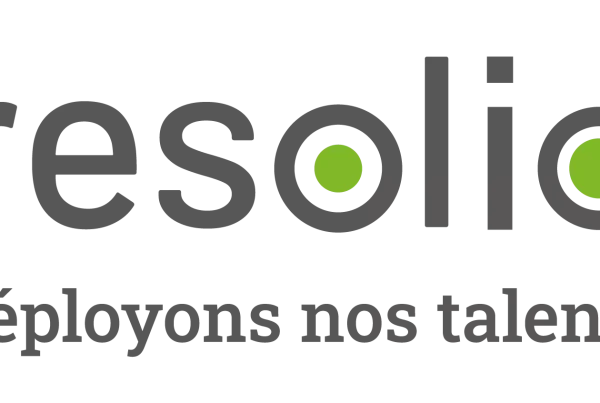Document type : Scientific article available online before publication in the Journal of Veterinary Behavior.
Authors: Farah Hanis, Eric Lim Teik Chung, Mamat Hamidi Kamalludin, ZulkifliI drus
Preview: The objective of this study was to evaluate the influence of dietary nutrients on oral stereotypies and redirected behaviors among horse working groups. A cross-sectional study was designed with a total of 207 horses from seven established equestrian facilities consisting of leisure, equestrian, patrolling, and endurance working groups to determine the proportion of oral abnormal behaviors within the same horse working group. The abnormal behaviors were either categorized as stereotypic: sham chewing, licking, lip-smacking, tongue-rolling, and crib-biting, or redirected behaviors: bedding eating, and coprophagy. Information on feeding practices and feedstuffs were collected to determine the nutritional composition and the total daily dietary intake of horses from each working group. Binary logistic regression models were built to predict the likelihood of oral stereotypy and redirected behaviors based on the daily dry matter (DM) intake, macronutrient intake, and digestible energy (DE). Endurance horses demonstrated the highest number of abnormal behaviors, followed by patrolling, leisure, polo, and equestrian working groups. Sham chewing and bedding eating were the most common oral stereotypy and redirected behaviors, respectively. Although meeting their standard energy requirements, the total dietary intakes varied significantly among working groups. The total daily dietary intake of endurance and polo horses contained the highest amount of DM, crude protein (CP), crude fiber (CF), ether extract (EE), nitrogen-free extract (NFE), ash, calcium (Ca), phosphorus (P), and DE compared to other horse working groups. Furthermore, CP and EE intakes were negatively associated with the likelihood of sham chewing. DM, CP, CF, EE, and DE were the significant predictors of bedding eating and coprophagy. These findings revealed that total daily dietary intake plays a vital role in the development of abnormal oral behavior in horses from different working groups.





